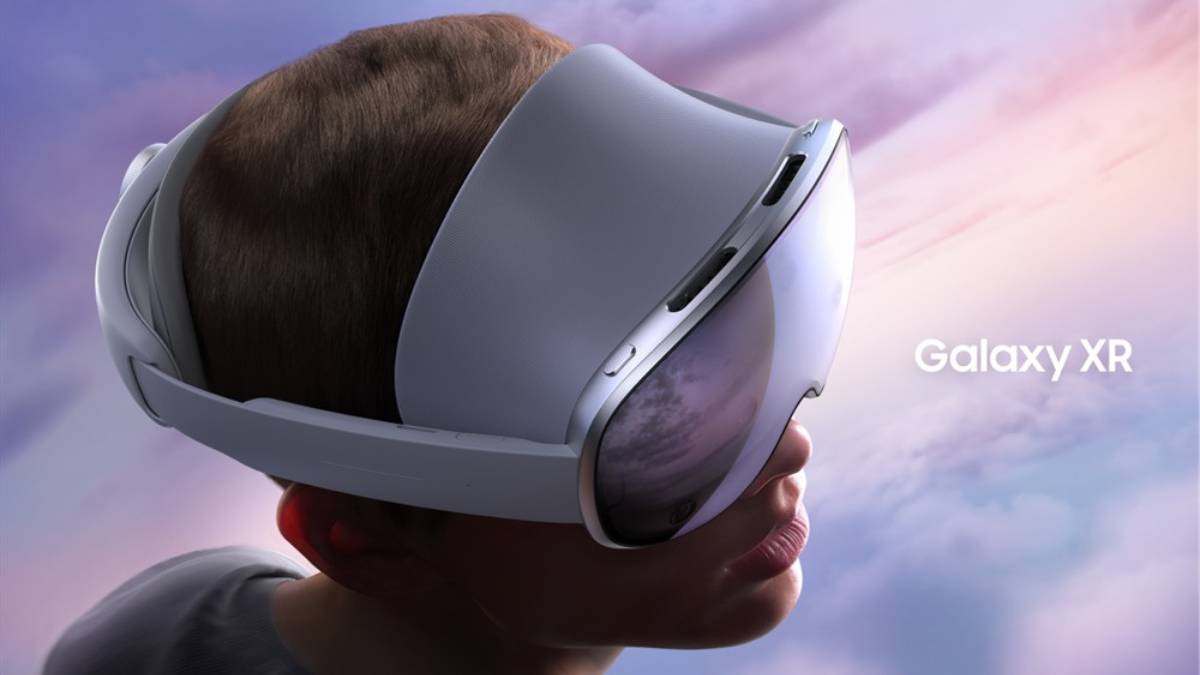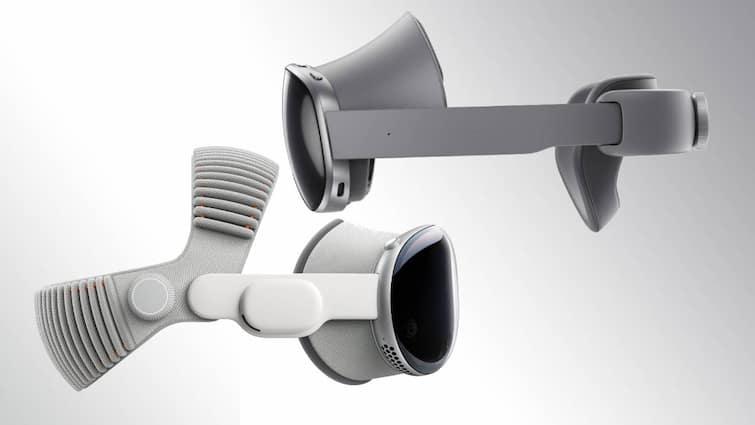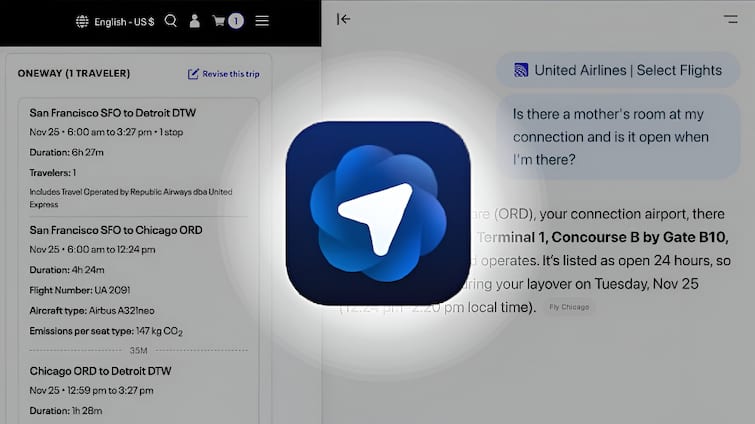Samsung Galaxy XR Vs Apple Vision Pro:The battle for dominance in the mixed-reality world has officially begun, and it’s Android versus Apple all over again. Samsung’s Galaxy XR, the first Android-powered extended reality (XR) headset with native Gemini AI support, is squaring off against Apple’s first-ever Vision Pro, powered by the company’s in-house VisionOS. Both devices promise to redefine how humans interact with digital worlds, but one costs nearly half as much as the other.
Samsung Galaxy XR Vs Apple Vision Pro: Price, Availability

Samsung’s Galaxy XR enters the premium segment with a price tag of $1,799.99 (roughly Rs 1.58 lakh) for the 256GB variant, while Apple’s Vision Pro commands an eye-watering $3,499 (around Rs 3.08 lakh) for the same storage capacity. The difference in price alone makes the Galaxy XR look like the “affordable” option in an otherwise elite category.
Before you start planning your finances, you should note that neither the Samsung Galaxy XR nor the Apple Vision Pro is available in India.
The Galaxy XR integrates Google’s Gemini AI directly into its system, making it the first Android XR device to do so. This means users can talk to Gemini, use gestures, or rely on eye-tracking for an immersive experience. The AI can interpret surroundings, understand intent, and offer conversational, human-like responses.
Samsung Galaxy XR Vs Apple Vision Pro: Tech A Peek Inside
Samsung’s headset is powered by Qualcomm’s Snapdragon XR2+ Gen 2 platform, coupled with 16GB RAM and 256GB storage. Its Micro-OLED display offers a crisp 3,552 x 3,840 resolution and up to 90Hz refresh rate, ensuring vivid visuals. The device also supports 3D photo and video capture, eye-tracking, iris recognition, and a robust six-mic array with beamforming audio. Battery life clocks in at around two hours, extendable while charging.
Apple’s Vision Pro, on the other hand, flexes its proprietary M5 chip with a 10-core CPU and GPU, alongside the R1 chip for ultra-low-latency visuals. Its Micro-OLED panel features a slightly lower pixel count but supports refresh rates up to 120Hz for fluid motion. Apple’s spatial camera setup captures 3D photos and videos, and its Optic ID system offers secure iris-based authentication.
Samsung Galaxy XR Vs Apple Vision Pro: Apps & Immersion
Samsung’s AI-driven approach gives Galaxy XR a strong productivity and creativity edge. The headset is optimised for YouTube, Google Maps, Circle to Search, and Google Photos, allowing users to explore cities in 3D or create lifelike 3D recreations of their images.
It also supports Adobe’s Project Pulsar, enabling creators to edit videos in 3D and work with layered effects in a virtual workspace. Gamers can interact with Gemini for coaching, while sports fans can watch multiple live matches on virtual screens.
Apple, meanwhile, leans into its ecosystem advantage. Vision Pro integrates seamlessly with AirPods, Macs, and iPhones, offering Spatial Audio, ray-traced visuals, and AirPlay mirroring. Its visionOS interface relies heavily on hand, eye, and voice control, giving users a futuristic yet familiar Apple experience.
Samsung Galaxy XR Vs Apple Vision Pro: Final Verdict

While Apple Vision Pro sets the gold standard for immersive design and ecosystem integration, Samsung’s Galaxy XR delivers remarkable value by packing serious specs, AI intelligence, and creative potential at nearly half the cost.
In the XR face-off, Vision Pro may be the more luxurious headset, but Galaxy XR feels like the smarter one, a bold, AI-powered leap into the future of mixed reality.


